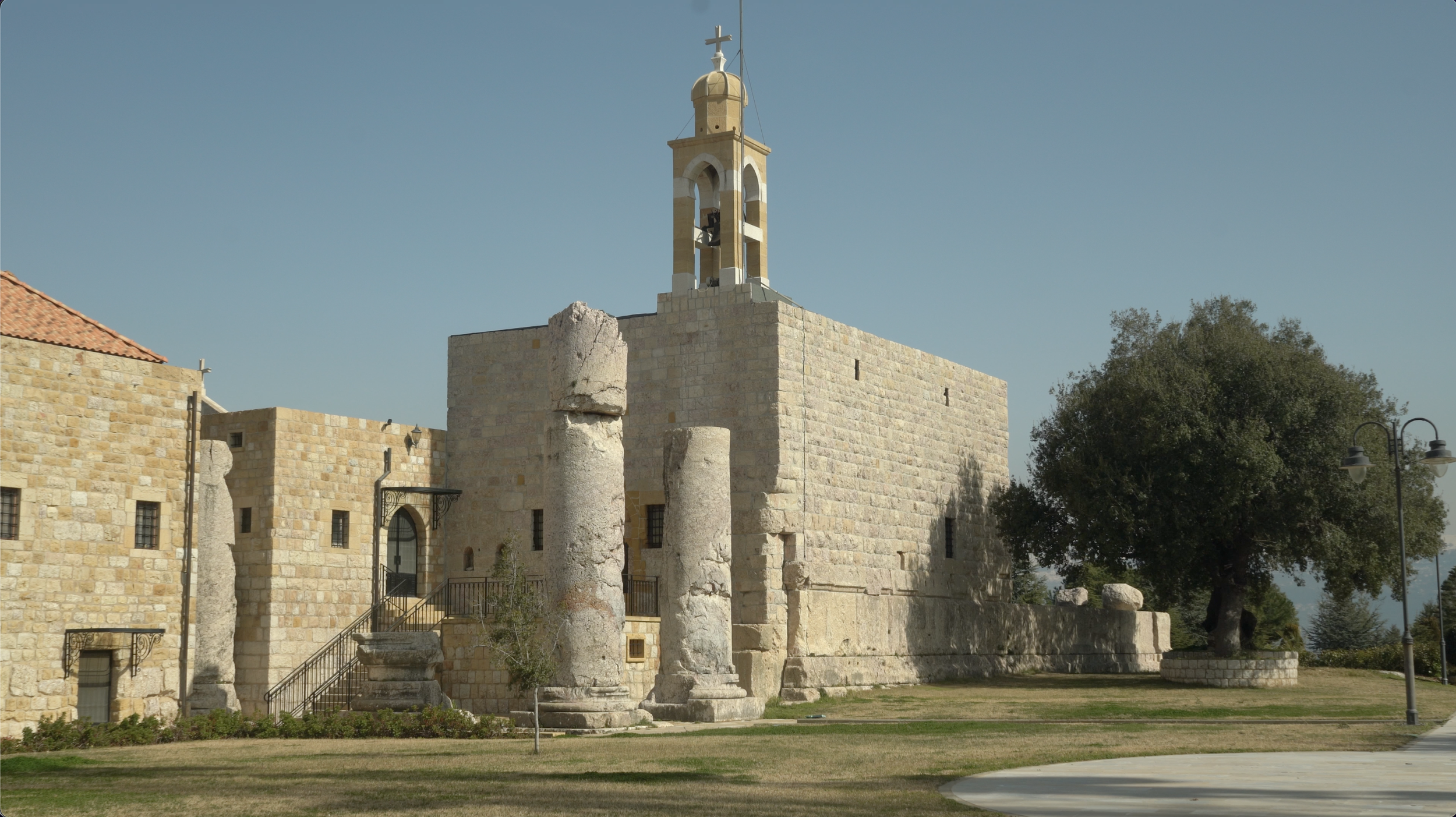
Unmarked and Mass Graves in Lebanon
Unmarked and mass graves give rise to complex, challenging and controversial responses in any society. From Spain to Bosnia, Colombia to Rwanda, these sites, exhumed or not, bear the traces of traumatic pasts and presents and the memory work around these sites is essential to their preservation.
These pages aim to provide information and understanding about unmarked and mass graves in Lebanon through the presentation of five key sites as well as pedagogical activities designed to interrogate and engage with the memory work carried out around them.
What is a mass grave?
The Bournemouth Protocol on Mass Grave Protection defines mass graves as ‘a site or defined area containing a multitude (more than one) of buried, submerged or surface scattering human remains (including skeletonised, commingled and fragmented remains), where the circumstances surrounding the death and/or the body-disposal method warrant an investigation as to their lawfulness.’ (p. 6)
This protocol goes on to consider the importance of memory work in relation to mass graves and delineates five areas where their preservation can become an important source for individual or collective memory work for:
Advancing historical memory
Contributing to the national discourse on the past
Psycho-social support systems
Influencing future policies and/or
Facilitating the basic conditions of a just society (p. 18)
The Case of Lebanon
Between 1975 and 1990, Lebanon witnessed a civil war that resulted in 150,000 deaths, around 17,000 missing and forcibly disappeared persons, and hundreds of thousands of wounded and displaced. Furthermore, an enormous volume of destruction and material damages were recorded, affecting the country at all levels. Whilst the war officially ended in 1990 the state-enforced amnesia over the conflict - supported by the amnesty law - have made it so that the unresolved heritage of the conflict has often functioned as a trigger for new outbursts of violence. One of the most traumatic – and definitely most enduring – wounds of the civil war is that of the missing and disappeared.
Disappearances constituted a central feature of all waves of political violence, reaching a peak during the civil war but continuing afterwards. In Lebanon, there are indications of the existence of more than a hundred gravesites dating back to the 1975-1990 Civil War. Some of these sites could potentially reveal crucial details about the disappeared from the war. With each passing year, preserving evidence that could clear up the fate of the missing—and bring some kind of resolution to families— becomes harder. The burial sites themselves are steadily being destroyed as new construction sites emerge on the ruins of suspected mass graves.
The dossier on the disappeared is a particularly sensitive one and evidence of this is the fact that the Lebanese Parliament created in 2018 the first National Commission on the Fate of the Disappeared. The mission of this Commission is to investigate the fate of the missing with the aim of opening up a debate around unmarked burial sites, which are likely to contain the remains of at least some of the missing. In 2000, the Lebanese state officially acknowledged that bodies had been discarded in different places in the country and some had been buried in mass graves. It specifically mentioned three burial sites, all located in Beirut (the St Demetrious Cemetery in Achrafieh, the Martyrs' Cemetery in Horsh Beirut and the English Cemetery in Tahwita) and reported that some bodies had been thrown into the sea during the war.
Listen to Daniele Rugo and Frances Guy (British Ambassador to Lebanon at the time of the exhumation at Aita al-Foukhar) discuss the complexities involved in dealing with unmarked burial sites in Lebanon:
Questions for discussion:
-

Why is it important to remember the dead?
-

When we discuss mass graves in relation to Lebanon, why is there a need to discuss an international context?
-

Is it better to forget about the past or should we focus on remembering what happened?
-

How can we best commemorate those buried at sea?
Explore five key sites around Lebanon




